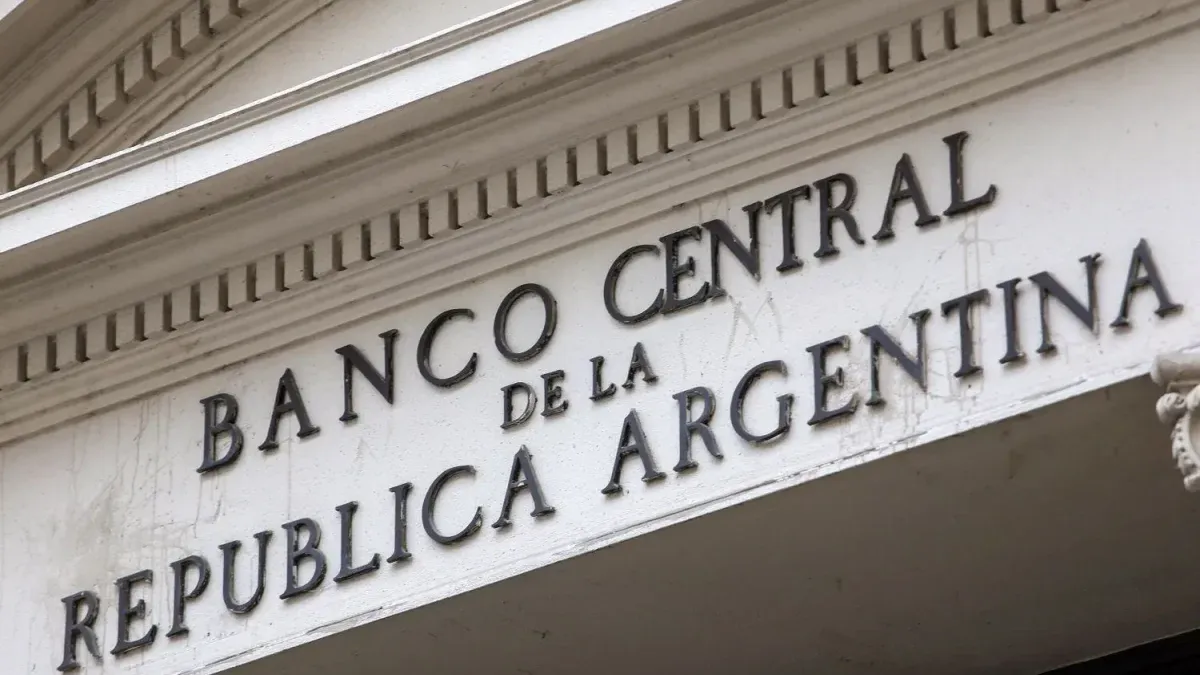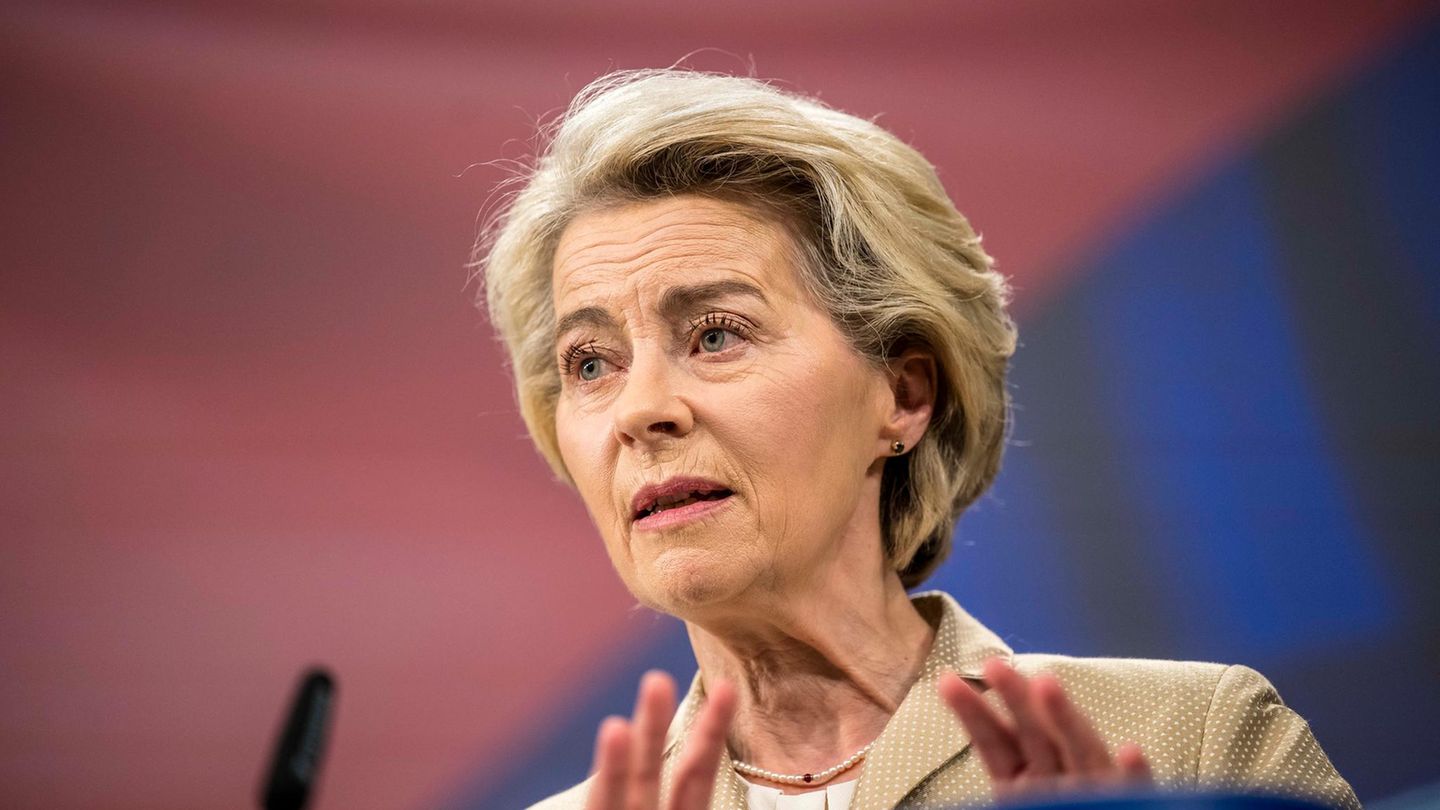Starting in September, the Government will face a quarter of circumstantial increase in demand for dollars to import. It is estimated that, during the month that is about to begin, the requirements for foreign currency to bring products and supplies from abroad will increase by 25% compared to the normal flow. Then, in October will increase by 50%then returning to 25% in November.
That’s because they’re going to be overlapping authorizations to enter the Single and Free Exchange Market (MULC) of the four-payment scheme that was in force since February, with the new two-payment scheme which started last month.
According to estimates by the economist Salvador Vitelli, of Romano Group, Next month, the last instalment of operations agreed in June, the third instalment in July and the second in August will be combined with the first instalment of the new 50% scheme in September. That gives 125%.
Within the framework of a economy in recessionwhich is projected to fall by around 4% this year according to private estimates based on data from the Central Bank (BCRA), Payments abroad for imports in the first half of the year total US$21.696 billion. Of them, US$16.389 million correspond to goods and US$5.307 million to services. In theory, at least, the flow of payments in the first half of the year was US$3.616 billion per month, so that, in September, Some US$900 million would be added more than they will put pressure on the exchange rate.
Pressure on the dollar: more imports and the end of the PAIS tax
This increased demand may also overlap with the decision to lower the PAIS tax which was confirmed by the Minister of Economy, Luis Caputo, on Tuesday night via social media. The decision, which has been known for a few days, may impact on an increase in imports of goods because will reduce the cost by 10 pointsfrom 17.5% to 7.5%.
The price of the Import dollar would fall from $1,115 to $1,021It will not affect the flow of foreign currency to pay for services, except for freight associated with the purchase of goods.
Analysts consulted by Scope They maintain that The change in the flow of payments will not alter the final result of the exchange balance in 2024. Andrés Reschini, analyst at F2 Financial Solutions, points out that, precisely, What may have the greatest impact is the reduction of the tax on the purchase of dollars. This threatens to increase demand.
imports-exports-trade-containers-port-customs-PETUNCHI.jpg
Ignacio Petunchi
On the other hand, as importers already expected from A couple of months ago the Government reduced the PAIS Tax, They have decided to postpone purchases and it is therefore expected that in September a delayed demand will be added to the regular market.
Economists believe that This year the Government will have problems in achieving the BCRA’s goals for accumulating international reserveswhich means that the chances of lifting restrictions on access to the foreign exchange market are becoming less likely.
The Treasury has always said that the fall in dollar accumulation that the Central Bank has been experiencing since July was expected, but that it will recover in the last quarter.
This is because the energy trade balance could leave this year a balance in favor of US$5,000 million, due to the drop in gas imports, thanks to the contribution of Vaca Muerta. But the fall of the soybean pricewhich in historical terms is just above the price that President Fernando De la Rúa had and meant the explosion of the quasi-dollarization scheme of convertibility. The loss due to the price effect would be around US$7 billion.
Source: Ambito




